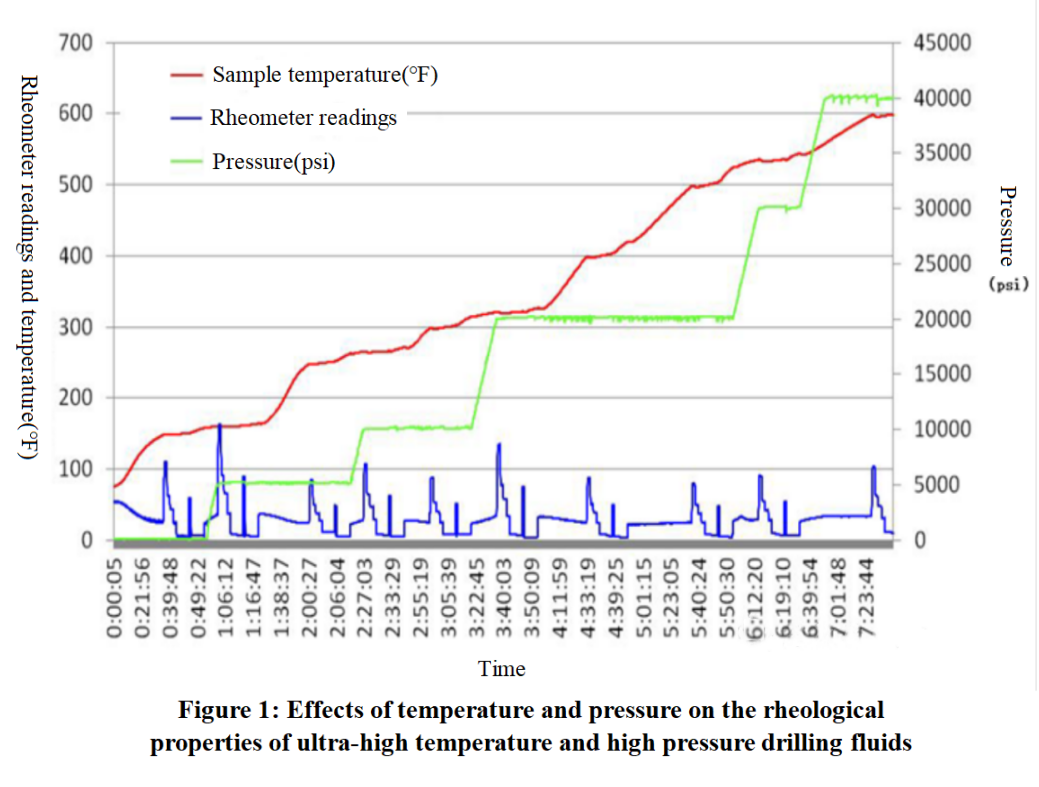New Developments in Oil Drilling Industry Technology-Schlumberger developed a drilling fluid with a temperature resistance of 315 ℃
Schlumberger developed a high-temperature and high-pressure oil-based drilling fluid with a temperature resistance of 315 ℃.
Schlumberger developed an oil-based drilling fluid system with a temperature resistance of 315℃ using new weighting materials (high-grade barite after grinding and adding a thermally stable coating), high-temperature resistant emulsifiers (non amide groups), high-temperature resistant organic clay, and high-temperature resistant fluid loss agents (ternary copolymers and organic tannin compounds).
The indoor test results show that oil-based drilling fluid with a temperature resistance of 315℃ has excellent rheological and electrical stability after aging, and even at high densities, the filtration loss is very low. As shown in Figure 1, the rheological profile of the drilling fluid system remains stable under ultra-high temperature and pressure conditions of 315℃ and 276MPa (40000 psi). The experimental results of comparing the performance of conventional drilling fluid and ultra-high temperature and high pressure drilling fluid are shown in Figure 2. It can be seen that after 24 hours of dynamic thermal aging at 300 ℃, the conventional drilling fluid system using amide emulsifiers shows signs of complete decomposition, and the rheological value and filtration loss are very high. The ultra-high temperature and high pressure drilling fluid system still maintains low readings, stable rheological properties, and low filtration loss at high temperatures.


At present, ultra-high temperature and high pressure oil-based drilling fluids have been tested on site in many high-temperature wells in the Gulf of Thailand, with two wells having downhole static temperatures reaching 210 ℃ and 199 ℃, respectively. This drilling fluid system maintains the best wellbore cleaning effect during the drilling process, with lower rheological properties and shear forces, and no settlement of barite was found during drilling and logging.
